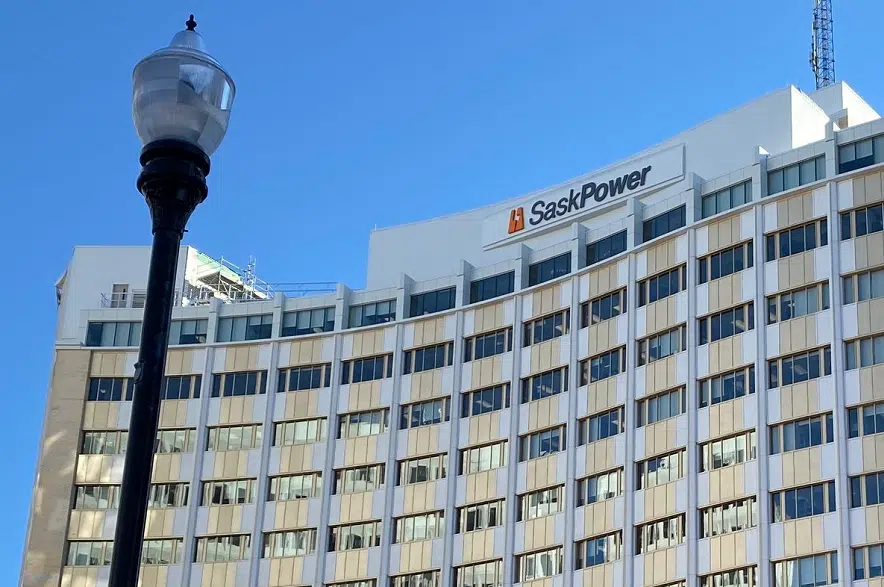Saskatchewan and New Brunswick are both working to develop nuclear power technology, and now they’ll be working together.
The two provinces signed a memorandum of understanding Monday to work together on the development of small modular reactor (SMR) technology.
SMRs are small nuclear reactors which typically produce about 300 megawatts of clean electricity — enough to power about 300,000 homes. They are versatile enough to be used to support established power grids, power remote communities or provide electricity for resource projects.
According to the provincial government, the new agreement allows the provinces and their utility Crowns — SaskPower and New Brunswick Power — to share experiences and information on “deployment plans, supply chain development, Indigenous relations, labour market development, regulations and other areas.”
Don Morgan, Saskatchewan’s Crown investments minister, said the agreement will enhance the strong working relationship already established between the two provinces.
“This renewed partnership will bring mutual benefits to both provinces by capturing opportunities stemming from the work on nuclear energy development across Canada and internationally,” Morgan said in a statement.
“Together, we can accelerate the progress of decarbonizing power grids and industrial facilities using SMR technologies.”
Mike Holland, New Brunswick’s minister of natural resources and energy development, said the Atlantic province has plenty of knowledge and experience to share with Saskatchewan.
“New Brunswick has expertise to share from four decades of reliable nuclear operations,” Holland said in a statement.
“We are committed to playing a leadership role nationally and globally on clean and renewable energy. Nuclear energy is a key resource in the transition to a low-carbon future and our two provinces are well positioned to lead this evolution.”
The new agreement builds on a previous deal signed in 2019 to advance SMRs in Canada; that deal expired in June of 2021. It included Saskatchewan, New Brunswick, Ontario and Alberta, and saw the provinces release a joint strategic plan in March of 2022 outlining the path forward on SMR development.
While Saskatchewan doesn’t use nuclear power generation itself, Saskatoon-based Cameco recently signed a deal to become Ukraine’s sole supplier of uranium for its nuclear power facilities until 2035.
CEO Tim Gitzel said Cameco’s goal of producing 15 million pounds of uranium each year has been increased to 18 million pounds, and with more sales the company is hoping to bump that up to 25 million pounds of uranium each year.
In September of 2022, SaskPower CEO Rupen Pandya said a final decision on nuclear power in the province isn’t expected to come until 2029, and if the decision is made to proceed, the first reactor won’t be online for some years after that.











